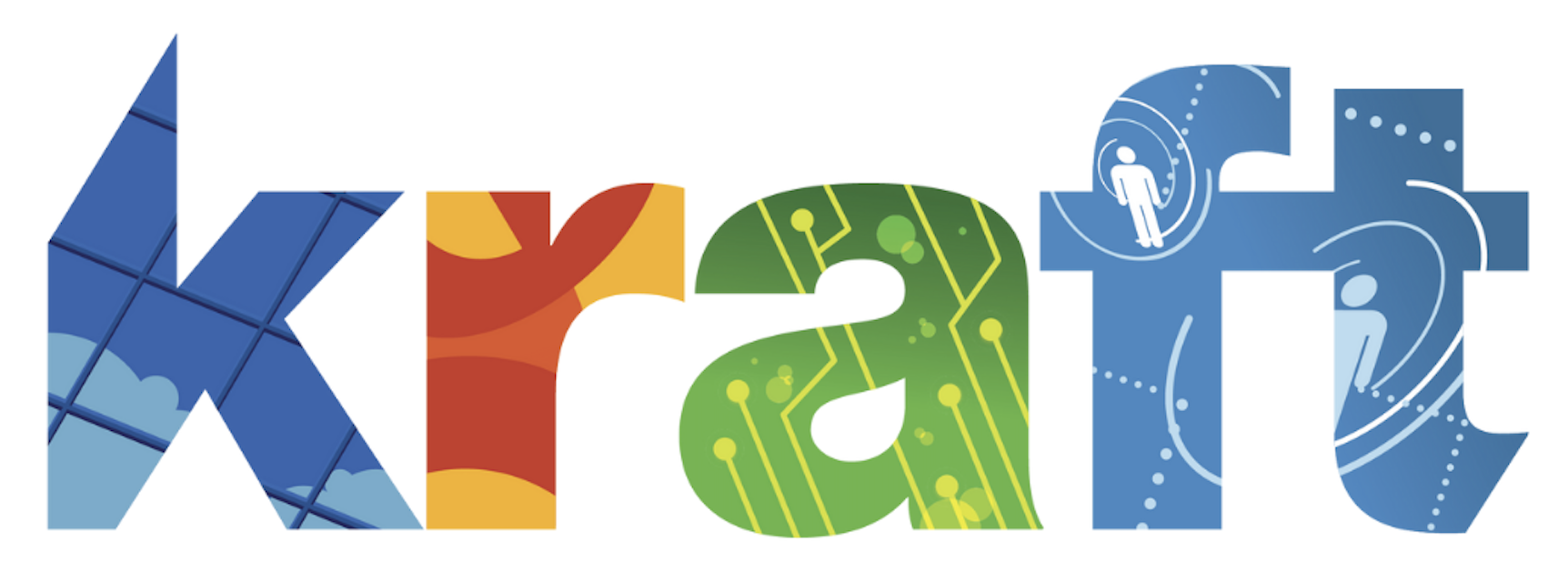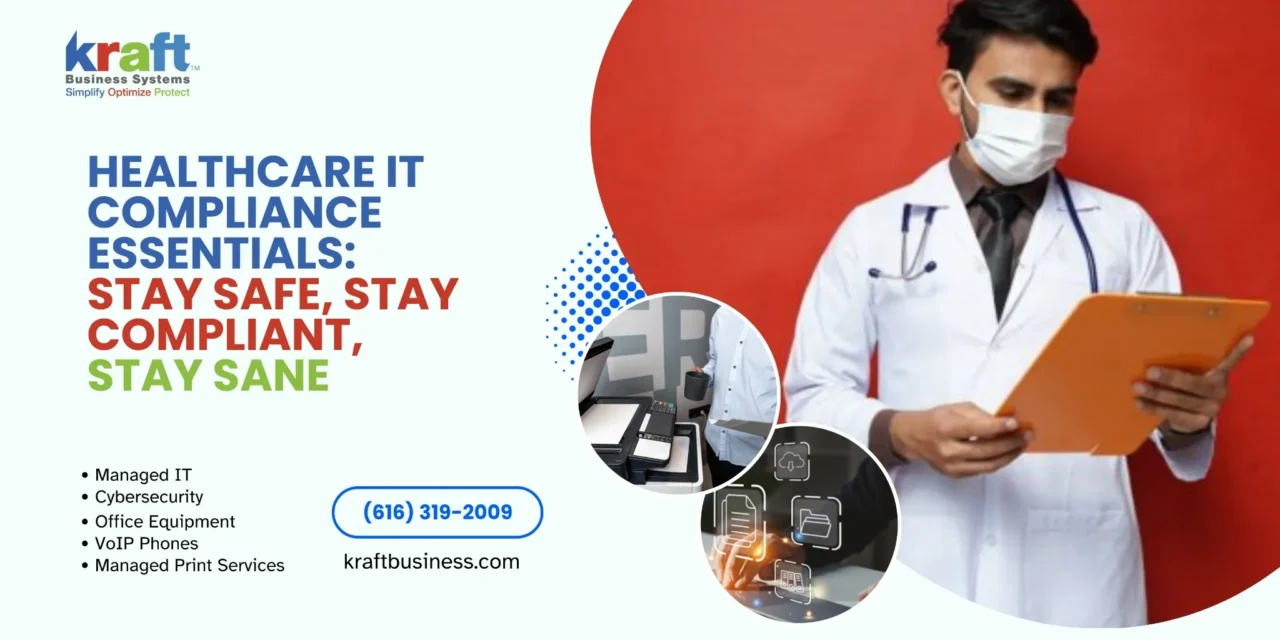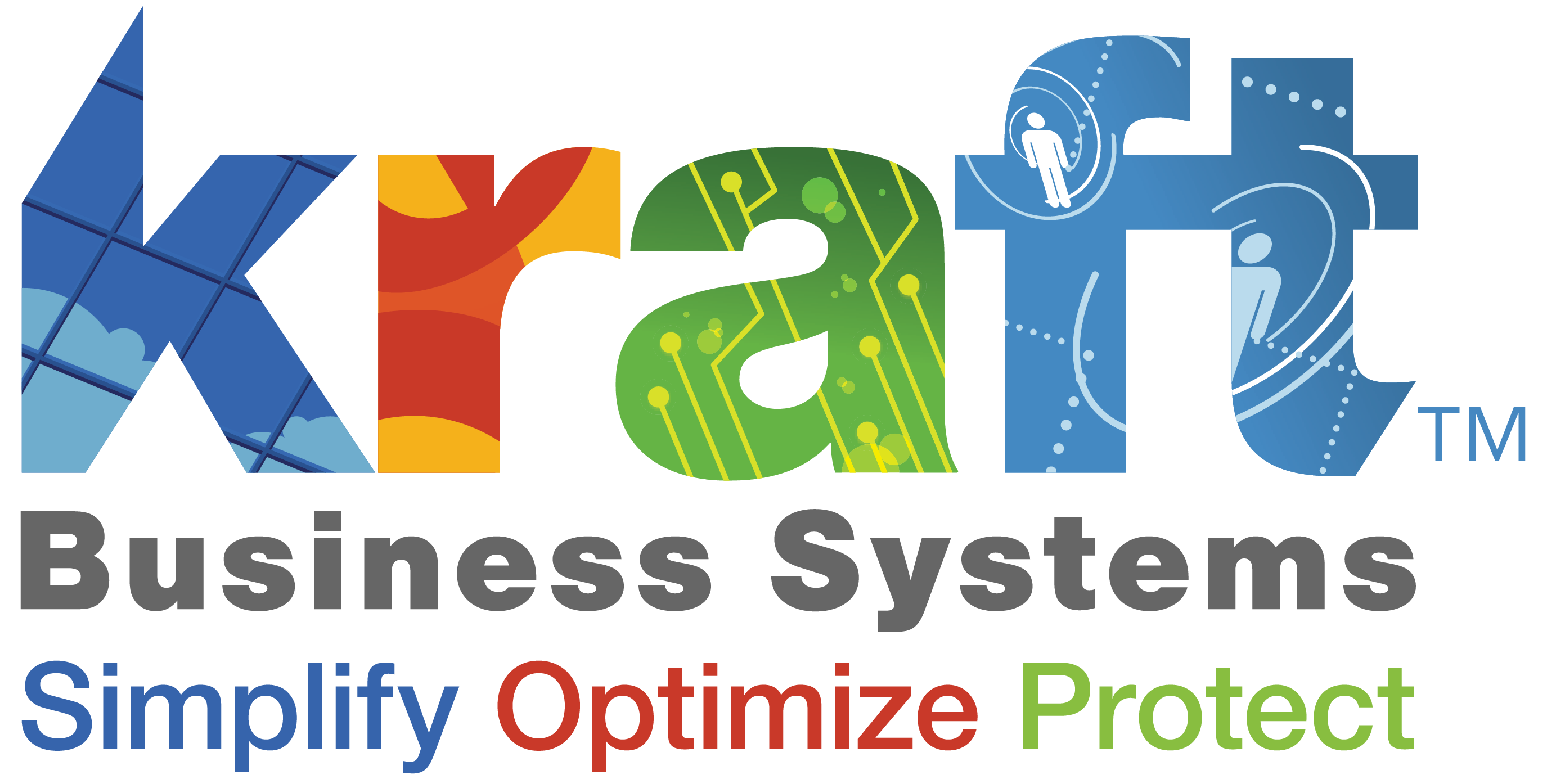IT compliance for healthcare is the practice of following laws, regulations, and standards to protect patient data and ensure secure healthcare operations. With healthcare data breaches costing an average of $10.93 million per incident and over 5,150 breaches reported between 2009-2022, compliance isn’t just about avoiding fines—it’s about protecting your patients and your practice.
Here’s what healthcare IT compliance covers:
- HIPAA Security Rule– Technical safeguards for electronic protected health information (ePHI)
- HITECH Act – Breach notification requirements and improved penalties
- Administrative safeguards – Policies, training, and access management
- Physical safeguards – Facility controls and workstation security
- Technical safeguards – Encryption, authentication, and audit controls
The stakes keep getting higher. In 2022 alone, the Department of Health and Human Services issued over $143 million in HIPAA fines. Meanwhile, 33% of healthcare breaches stem from human error, while cyber threats grow more sophisticated each year.
But here’s the good news: compliance doesn’t have to be overwhelming. Modern tools like AI-powered monitoring and automated risk assessments can reduce compliance risks by up to 50% while saving organizations an average of $3.58 million per breach.
The key is building a culture where compliance becomes second nature—not just a checkbox exercise.
Key terms for IT compliance for healthcare:
1. Know the Rules: Key Regulations & Laws
Getting your head around healthcare regulations can feel like learning a foreign language. But here’s the thing—understanding these rules isn’t just about avoiding hefty fines (though those hurt). It’s about building a foundation that actually protects your patients and keeps your practice running smoothly.
Let’s start with the big kahuna: HIPAA. The Health Insurance Portability and Accountability Act has been around since 1996, but don’t let its age fool you—it’s still the backbone of healthcare data protection. HIPAA covers three main areas that every healthcare organization needs to master.
The Privacy Rule governs how you can use and share protected health information (PHI). Think of it as the “who, what, when, and why” of patient data handling. The Security Rule focuses specifically on electronic PHI, setting the technical standards for keeping digital information safe. And the Breach Notification Rule spells out exactly what you need to do when things go wrong.
HITECH Act came along in 2009 to give HIPAA some serious teeth. It extended liability to business associates (yes, that includes your IT vendor) and cranked up the penalties. HITECH also requires you to notify patients and authorities when breaches involve 500 or more individuals—what the industry calls the “wall of shame” requirement.
Here’s where things get tricky: state privacy laws can be even stricter than federal requirements. California’s CMIA, New York’s SHIELD Act, and Texas Medical Records Privacy Act all have their own quirks. We’ve helped plenty of Michigan practices steer these overlapping rules, especially when they serve patients from multiple states.
Don’t forget about FDA cybersecurity rules if you use medical devices. Everything from pacemakers to MRI machines needs security controls and regular updates. The FDA takes this seriously—they’ve even recalled devices over cybersecurity vulnerabilities.
GDPR might seem irrelevant if you’re a small practice in Grand Rapids, but it applies to any organization handling data from EU residents. With its strict “right to erasure” requirements, GDPR can catch healthcare organizations off guard.
PCI DSS governs credit card processing. Every time you swipe a patient’s card, you’re dealing with PCI compliance requirements. The good news? Most payment processors handle the heavy lifting if you choose the right solution.
Check out our Four Things Small Healthcare Practices Need to Know About HIPAA and Prepare for Your HIPAA Risk Assessment for practical guidance.
Required vs. Addressable Standards
Here’s where IT compliance for healthcare gets interesting—and where many organizations stumble. The HIPAA Security Rule divides implementation specifications into two categories: required and addressable. Understanding the difference can save you both time and money.
Required specifications are non-negotiable. You must implement unique user identification for everyone accessing ePHI. You need emergency access procedures for critical patient care situations. Automatic logoff after predetermined time periods? Required. Encryption and decryption capabilities when deemed appropriate? Also required.
Addressable specifications offer flexibility, but they’re not optional. You must assess whether each specification is reasonable and appropriate for your specific situation. If you decide not to implement one, you need to document why and describe your alternative measures.
This distinction matters because it allows smaller practices to tailor their security approach without breaking the bank. A solo practitioner doesn’t need the same elaborate access controls as a 500-bed hospital. But both need to document their decisions and review them regularly.
The key word here is “document.” We’ve seen organizations get into trouble not because their security was inadequate, but because they couldn’t prove they’d made thoughtful decisions about addressable standards.
Our IT Compliance Audit Guide includes detailed checklists for both required and addressable standards, helping you make informed decisions that fit your practice.
Master Healthcare IT Regulations: HIPAA & Key Laws
2. Build the Shield: Core Safeguards for IT compliance for healthcare
Building effective IT compliance for healthcare is like constructing a medieval fortress—you need multiple layers of protection working together. One weak point can compromise everything, but when done right, your defenses become nearly impenetrable.
Encryption serves as your digital vault. Every piece of patient data needs protection both when it’s sitting in storage and when it’s traveling between systems. We recommend AES-256 encryption for stored data—it’s the gold standard that even government agencies trust. For data in motion, TLS/HTTPS protocols create secure tunnels that keep prying eyes out.
The beauty of modern encryption is that it can work automatically. Your staff doesn’t need to remember to encrypt files—the system does it for them. This removes human error from the equation, which is crucial since we’re all prone to forgetting things when we’re busy caring for patients.
Multi-Factor Authentication (MFA) acts like having two locks on your front door. Even if someone steals a password, they still can’t get in without that second key. Smart cards, mobile authenticator apps, and even fingerprint scanners all work well. The key is making MFA mandatory for any system that touches patient information.
Role-Based Access Control (RBAC) ensures everyone sees only what they need to do their job. Your receptionist shouldn’t stumble across surgical notes, and your billing department doesn’t need access to therapy sessions. This principle of least privilege protects both patient privacy and your staff from accidentally seeing information they shouldn’t.
Audit trails function like security cameras for your data. Every time someone accesses a patient record, the system logs who, when, and what they looked at. These logs help you spot unusual patterns—like someone accessing dozens of records at 2 AM or viewing files for patients they don’t treat.
Comprehensive backup systems prepare you for disasters both digital and physical. Whether it’s a ransomware attack, a flood, or simply a hard drive failure, you need tested backups that actually work when you need them. We’ve seen too many practices find their backups were corrupted only after a crisis hit.
Your contingency planning should cover everything from power outages to cyberattacks. The plan needs to be detailed enough that any team member can follow it, but simple enough that it works under pressure.
For detailed implementation strategies, our IT Compliance and Security guide walks through each of these safeguards step by step.
| HIPAA Safeguards | GDPR Equivalent | Key Differences |
|---|---|---|
| Administrative, Physical, Technical | Technical, Organizational | GDPR requires Data Protection Officer |
| Encryption “where appropriate” | Encryption by design | GDPR mandate is stronger |
| Breach notification (72 hours to HHS) | Breach notification (72 hours to authority) | Similar timeframes, different agencies |
| Business Associate Agreements | Data Processing Agreements | GDPR has stricter processor liability |
Administrative, Physical, Technical Safeguards for IT compliance for healthcare
HIPAA organizes IT compliance for healthcare into three distinct but interconnected categories. Think of them as the three legs of a stool—remove any one, and the whole thing falls over.
Administrative safeguards focus on your people and processes. Someone needs to be in charge of security—preferably someone with both authority and knowledge. This security officer develops policies, ensures training happens, and investigates when things go wrong.
Workforce training can’t be a one-and-done checkbox exercise. Your team needs regular updates on new threats, refreshers on proper procedures, and clear consequences for violations. We’ve found that interactive training sessions work better than boring PowerPoint presentations.
Information access management means having clear procedures for granting, modifying, and removing access to patient data. When someone gets promoted, changes departments, or leaves your organization, their access permissions need to change immediately.
Physical safeguards protect the actual computers, servers, and devices that store patient information. Locked server rooms, positioned monitors so passersby can’t see them, and secure disposal of old hard drives all fall into this category.
Workstation security goes beyond just locking doors. Screen savers that activate automatically, positioned monitors that prevent shoulder surfing, and policies about what can be installed on work computers all matter.
Device and media controls become especially important as healthcare becomes more mobile. Tablets, smartphones, and portable drives containing patient data need the same protection as your main servers.
Technical safeguards use technology to enforce your security policies. Access controls ensure only authorized users can see patient data, while audit controls track who accessed what information.
Data integrity measures prevent unauthorized changes to patient records. You need to know that the information in your system is accurate and hasn’t been tampered with.
Authentication verifies that users are who they claim to be, while transmission security protects data as it moves between systems.
Our Information Security Compliance Tools can automate many of these technical safeguards, reducing both your workload and your risk of human error.
Master Healthcare IT Regulations: HIPAA & Key Laws
3. Keep an Eye Out: Risk Assessment & Continuous Monitoring
Think of compliance like tending a garden—you can’t just plant seeds and walk away. IT compliance for healthcare demands constant attention, regular weeding, and seasonal adjustments to keep everything healthy and growing.
The truth is, most healthcare organizations we work with in Michigan start their compliance journey thinking they can check all the boxes once and call it done. That approach usually ends badly—and expensively. Real compliance means staying alert to new threats, changing regulations, and evolving technology.
Risk analysis sits at the heart of your entire compliance program. HIPAA doesn’t just suggest this—it requires covered entities to conduct thorough assessments of potential risks to patient data. We’ve helped dozens of practices find vulnerabilities they never knew existed, from outdated software running on forgotten servers to backup systems with default passwords.
Vulnerability scanning acts like a health checkup for your network. Just as you wouldn’t skip annual physicals, your systems need regular examinations too. We recommend quarterly scans at minimum, with critical systems getting monthly attention. Automated tools work around the clock to spot missing patches, configuration errors, and security gaps that hackers love to exploit.
Penetration testing takes security assessment one step further by actually trying to break into your systems. Think of it as hiring a friendly burglar to test your locks. Annual penetration tests reveal attack paths that automated scans might miss. We’ve seen practices that passed vulnerability scans but failed penetration tests because their individual security measures didn’t work well together.
Modern Security Information and Event Management (SIEM) systems serve as your digital security guards, watching for suspicious activity 24/7. These platforms collect information from all your systems and use smart algorithms to spot patterns that might indicate trouble. The best part? They’re getting better at reducing false alarms while catching real threats.
Measuring your progress requires tracking the right Key Performance Indicators (KPIs). How quickly do you detect security incidents? How many failed login attempts are you seeing? What percentage of your systems have current security patches? Are your employees completing their training? How fast do you fix identified problems? These numbers tell the real story of your security posture.
Our IT Compliance and Risk Management team helps healthcare organizations build monitoring programs that actually work in the real world—not just on paper.
Risk Assessment Cycle for IT compliance for healthcare
Effective risk management isn’t a straight line—it’s a cycle that keeps your IT compliance for healthcare program sharp and responsive to changing threats.
Identify everything that touches patient data in your organization. This includes the obvious stuff like electronic health records and billing systems, but also the forgotten corners—that old backup server in the closet, smartphones accessing email, and cloud applications your staff started using without telling IT. We always find surprises during this phase.
Evaluate means looking at each system and asking two key questions: How likely is something bad to happen? How much would it hurt if it did? A laptop theft might be likely but cause limited damage if encrypted properly. A ransomware attack on your main EHR system might be less likely but could shut down your entire practice.
Mitigate identified risks by implementing appropriate protections. You can’t eliminate every risk—that would cost a fortune and probably shut down your practice. The smart approach focuses your resources on the biggest threats first. Sometimes the best mitigation is simply having a good backup plan.
Document everything you do and why you did it. This isn’t busy work—it’s insurance. When auditors come calling or you face a security incident, solid documentation proves you took reasonable steps to protect patient data. It also helps your future self remember why certain decisions were made.
Review and update your assessment regularly because threats change, technology evolves, and your practice grows. Major system changes should trigger immediate reviews. Even without big changes, annual reviews help catch drift and keep your assessment current.
The cycle never really ends, but that’s the point. Each time around, you get better at spotting problems and responding quickly. Our IT Compliance Audit Guide includes templates and checklists that make each phase manageable—even for busy practices with limited IT staff.
Master Healthcare IT Regulations: HIPAA & Key Laws
4. Automate & Educate: Best Practices, AI, and Employee Training
The magic happens when smart technology meets well-trained people. We’ve watched healthcare organizations transform their security from a constant worry into a competitive advantage by combining IT compliance for healthcare automation with thoughtful employee education.
AI-powered monitoring works like having a security expert who never sleeps. These systems learn what normal activity looks like at your practice, then flag anything unusual. When Dr. Smith suddenly starts accessing patient records at 2 AM or downloads fifty files in five minutes, the system notices. Machine learning algorithms can spot patterns that would take human analysts hours to identify.
Predictive analytics take this a step further by preventing problems before they happen. Think of it as a weather forecast for cyber threats. By analyzing your historical data alongside current security trends, these tools can predict which systems are most likely to face attacks. The results speak for themselves—organizations using predictive analytics reduce their compliance risks by up to 50%.
Managed Detection and Response (MDR) services bridge the gap between automation and human expertise. While your AI systems monitor everything 24/7, security professionals analyze the alerts and respond to real threats. This combination responds to incidents up to five times faster than most in-house teams can manage.
The beauty of automation lies in handling the routine stuff so your team can focus on patient care. Automated patch management keeps your systems current without disrupting operations. Policy enforcement tools automatically apply security settings across your network. Compliance reporting generates status updates without anyone lifting a finger. Even backup verification happens automatically, ensuring your data protection works when you need it most.
But here’s the reality check: technology can’t fix everything. Employee training remains absolutely critical because 33% of healthcare data breaches still result from human error. Your staff are both your greatest asset and your biggest vulnerability.
Effective training goes beyond boring PowerPoint presentations. Phishing simulations test your team’s awareness by sending fake malicious emails, then providing immediate feedback when someone clicks. Role-specific training ensures billing staff learn different security practices than nurses or administrators. Incident response drills help everyone practice what to do when something goes wrong—before it actually does.
Policy refresh keeps your procedures current with evolving threats and changing regulations. We recommend reviewing policies annually, but don’t wait if you implement new technology or face regulatory changes. Clear, updated policies give your team confidence to make the right security decisions.
The key is creating a culture where security becomes second nature. When your staff understand why these measures matter—protecting patients they care about—compliance transforms from a burden into a source of pride.
Our Information Security Compliance Tools and Specialized Healthcare IT Support Solutions can help you find the right automation balance for your organization.
Master Healthcare IT Regulations: HIPAA & Key Laws
5. Multi-Jurisdiction Mastery: Cloud, Vendors, and Global Reach
Healthcare doesn’t happen in a vacuum anymore. Your patient data might live in the cloud, flow through third-party billing systems, and connect with specialists across state lines. Managing IT compliance for healthcare across this web of relationships feels overwhelming—but it doesn’t have to be.
Business Associate Agreements (BAAs) serve as your legal safety net with any vendor handling patient data. Think beyond the obvious suspects like cloud storage and billing companies. That friendly IT support team helping with your computers? They need a BAA too. Your email provider, backup service, and even the company managing your website—if they might glimpse patient information, get that agreement signed.
Shared responsibility models in cloud computing can trip up even experienced healthcare IT teams. Your cloud provider handles the heavy lifting—keeping servers secure, patching infrastructure, and maintaining physical security. But you’re still on the hook for the important stuff: configuring access controls, encrypting your data, and managing user permissions. It’s like renting an apartment with a great security system—the landlord provides the locks, but you still need to remember to use them.
Cloud Security Posture Management (CSPM) tools act like a vigilant security guard for your cloud setup. These automated systems constantly scan your cloud configurations, alerting you to problems like databases accidentally left open to the public or storage buckets missing encryption. One misconfigured setting can expose thousands of patient records, so having this automated oversight makes a huge difference.
Third-party risk management goes far beyond signing contracts. You need ongoing relationships with your vendors, regularly checking that they’re maintaining the security standards you agreed upon. Smart healthcare organizations ask for vendor security certifications like SOC 2 or HITRUST, review incident response capabilities, and understand data backup procedures. They also dig into employee background check requirements and subcontractor management practices—because your vendor’s security is only as strong as their weakest link.
Data residency requirements add another layer of complexity, especially if you’re working with international partners or cloud providers. Some regulations require patient data to stay within specific geographic boundaries. Others, like GDPR, allow cross-border transfers but with strict safeguards. The key is knowing which rules apply to your organization and ensuring your vendors can meet those requirements.
Incident response planning becomes a coordination challenge when multiple vendors and jurisdictions are involved. Your response plan needs to address notification requirements for different incident types, coordination procedures with cloud providers, evidence preservation across multiple systems, and communication protocols for patients and regulators. The last thing you want during a crisis is confusion about who does what.
For insights into maintaining data integrity across these complex relationships, check out our guide on Improving Trust: The Value of Data Integrity in Healthcare.
When evaluating potential vendors, ask the right questions upfront. Focus on their security certifications and data encryption practices. Understand their backup and disaster recovery procedures and how quickly they can detect and respond to incidents. Get clarity on audit logs and compliance reports they can provide. Know what happens to your data if the relationship ends. Dig into their access controls and authentication methods. And don’t forget to ask about subcontractors—you need to understand the full chain of custody for your patient data.
The good news? You don’t have to steer this maze alone. At Kraft Business Systems, we’ve helped countless healthcare organizations in Michigan build secure, compliant technology environments that work seamlessly with cloud services and third-party vendors. We understand the regulations, know the right questions to ask, and can help you build relationships with vendors who take IT compliance for healthcare as seriously as you do.
Master Healthcare IT Regulations: HIPAA & Key Laws
Frequently Asked Questions about IT Compliance
What penalties come with non-compliance?
The financial consequences of failing to maintain proper IT compliance for healthcare can be devastating. HIPAA violations alone carry fines ranging from $100 to $50,000 per incident, with annual maximums reaching $1.5 million for each violation category. To put this in perspective, the Department of Health and Human Services issued over $143 million in HIPAA fines in 2022 alone.
But the real pain goes far beyond regulatory fines. Civil lawsuits from affected patients can drag on for years, while criminal charges become possible when violations involve willful neglect or malicious disclosure. We’ve seen healthcare organizations face reputation damage that takes decades to rebuild—patients simply don’t trust providers who can’t protect their most sensitive information.
The hidden costs often hurt the most. Breach notification costs include credit monitoring for affected individuals, which can run hundreds of dollars per person. Regulatory oversight programs require expensive compliance monitoring that can last for years after an incident.
Here’s the sobering reality: the average cost of a healthcare data breach reaches $10.93 million—the highest across all industries. These costs pile up through investigation expenses, legal fees, regulatory fines, patient notification, and the business you lose when trust evaporates.
How often should we conduct a Security Risk Assessment?
HIPAA requires regular risk assessments but leaves the timing frustratingly vague. Based on our experience helping healthcare organizations maintain IT compliance for healthcare, we recommend a layered approach that balances thoroughness with practicality.
Annual comprehensive assessments should evaluate your entire security program, including all systems, processes, and safeguards. Think of this as your annual physical—a complete check-up that examines everything from access controls to vendor relationships.
Event-driven assessments deserve immediate attention when triggered by major system implementations or upgrades, significant organizational changes, security incidents or near-misses, new regulatory requirements, or changes in business relationships and data flows. These focused reviews help you adapt quickly to changing circumstances.
Continuous monitoring through automated tools provides ongoing visibility into your security posture. This doesn’t replace formal assessments, but it helps identify issues between scheduled reviews—like having a fitness tracker that alerts you to problems before your next doctor’s visit.
Many of our clients find quarterly mini-assessments helpful, focusing on specific areas like access controls, patch management, or vendor relationships. This approach spreads the workload while maintaining regular oversight, making compliance feel less overwhelming.
Can automation replace human oversight?
This question comes up constantly, and the answer isn’t simple. Automation dramatically improves IT compliance for healthcare, but it can’t replace human judgment entirely. Think of automation as your incredibly efficient assistant—brilliant at certain tasks but still needing your guidance.
AI and automated tools excel at processing large volumes of log data that would overwhelm human analysts, detecting known attack patterns with lightning speed, enforcing consistent policy application without getting tired or distracted, generating compliance reports automatically, and monitoring system configurations around the clock.
However, humans remain absolutely essential for making complex risk decisions that require business context, investigating sophisticated threats that don’t match known patterns, adapting to new attack methods that criminals constantly develop, understanding business context that affects security decisions, and managing stakeholder relationships that require empathy and communication skills.
The most effective compliance programs we’ve implemented combine automated monitoring with human expertise. Automation handles routine tasks and flags potential issues, while security professionals provide analysis, decision-making, and strategic guidance.
The numbers support this balanced approach. Organizations using AI and automation in cybersecurity save an average of $3.58 million per breach, but this requires proper implementation and ongoing human oversight to realize these benefits. It’s not about replacing people—it’s about making them more effective.
Conclusion
IT compliance for healthcare doesn’t have to keep you up at night. Yes, the regulations are complex and the stakes are high, but with the right approach and trusted partners, you can build a compliance program that actually makes your life easier—not harder.
Think about it this way: every safeguard you implement today prevents a potential crisis tomorrow. The healthcare organizations we work with often tell us that once they establish solid compliance foundations, they sleep better knowing their patients’ data is protected and their practice is secure.
We’ve walked through a lot of ground together—from understanding HIPAA’s required standards to leveraging AI for automated monitoring. The beauty of modern compliance is that technology can handle the heavy lifting while you focus on what matters most: caring for your patients.
At Kraft Business Systems, we’ve spent years helping healthcare organizations across Michigan steer these challenges. Whether you’re a busy family practice in Kalamazoo or a growing specialty clinic in Grand Rapids, we understand that your compliance needs are as unique as your patient population.
Our team has seen it all—the small practice that finded their “secure” email wasn’t actually encrypted, the clinic that thought their cloud backup was compliant until they read the fine print, and the health system that realized their vendor management needed a complete overhaul. These aren’t horror stories; they’re learning opportunities that made these organizations stronger.
Building a culture of compliance takes patience, but it’s worth the effort. When your staff understands why these protections matter—when they see compliance as patient care, not paperwork—everything clicks into place. Training becomes engagement. Policies become second nature. Security becomes a shared responsibility.
The healthcare landscape keeps evolving, and so do the threats. But here’s what doesn’t change: your commitment to protecting the people who trust you with their most sensitive information. That’s what drives everything we do.
Ready to turn your compliance challenges into competitive advantages? Our IT Compliance and Security services are designed specifically for healthcare organizations who want to stay secure, stay compliant, and stay focused on their mission.
The future of healthcare technology is bright—and it’s built on the foundation of strong compliance practices. Let’s build that future together, one safeguard at a time.












